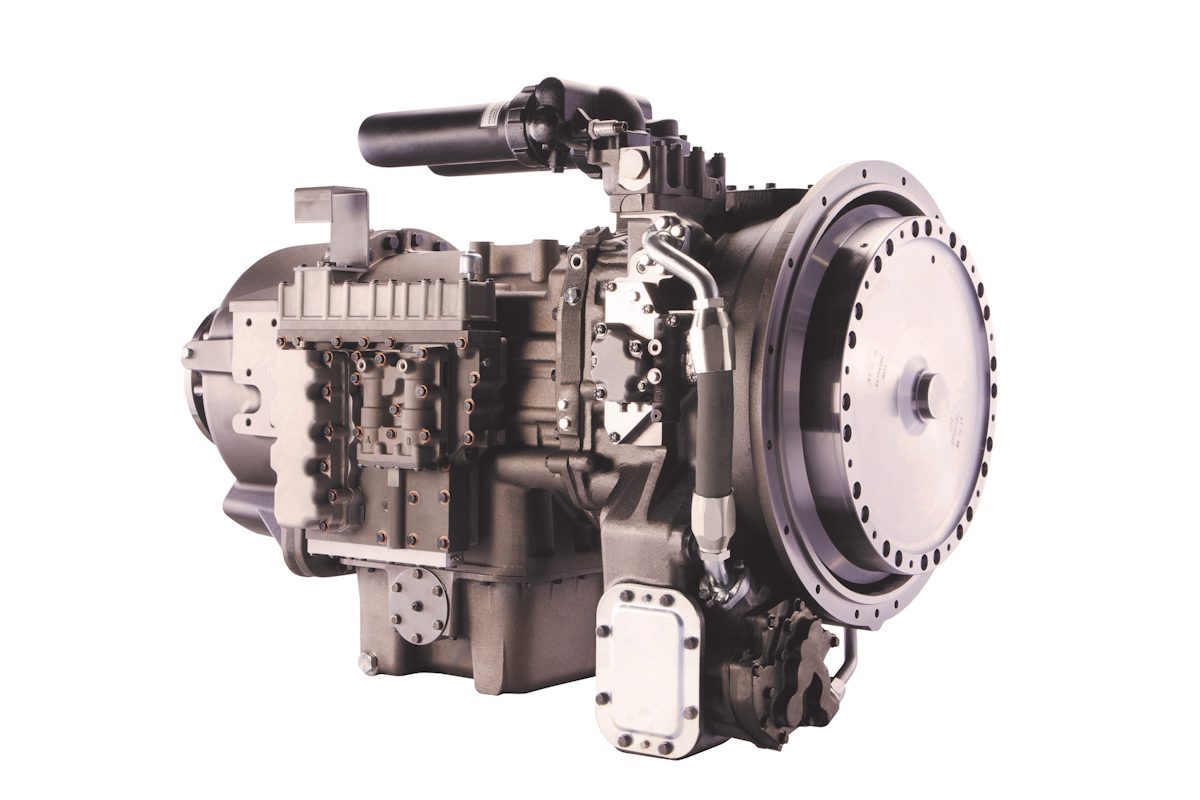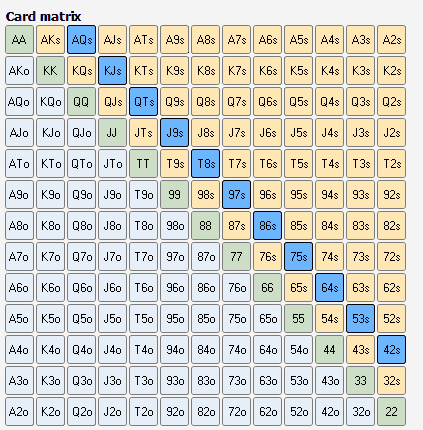Suited Connector

Small suited connectors can be very powerful hands in No Limit Texas Hold’em if you know how to play them right. Small suited connectors (hands like 4-5 suited and 7-8 suited) can be a goldmine if you hit the right flop, especially playing no-limit. As Doyle Brunson says, they’re his favorite type of.
- What is a suited connector in poker? Suited Connectors are consecutive suited hole cards. Hands like 8♠7♠, J♥T♥ and K♣Q♣ are examples of suited connectors.
- BBB accredited since. Mortgage Broker in Phoenix, AZ. See BBB rating, reviews, complaints, request a quote & more.
Suited connectors is a poker term referring to pocket cards that are suited and consecutive, for example Q♥ J♥.[1] These hands are considered stronger than average because they have the highest potential to form straights and flushes when combined with the community cards.

In Texas hold'em, suited connectors play well against multiple players when they can see the flop for cheap. Experienced players will generally not raise with them, because raising usually causes a few players to fold, decreasing the pot odds in the event of a straight or flush draw on the flop. However, a hand like ace-king suited might do well to raise because the cards will also work well if they pair, which is the more likely possibility, so the pot odds are less important.
Suited connectors in cash games[edit]
Suited connectors can be especially effective in deep stack poker. An experienced player might call a loose player when he raises and re-raises with suited connectors in an attempt to win a big pot. Large stacks increase the value of suited connectors because of larger implied odds. In tournament play, where the stacks are normally shallow, suited connectors are very marginal hands. The idea behind playing suited connectors is that they will mostly be folded on the flop, but when they hit a quality draw or a made hand, a player should be looking to win all or a large portion of the opponent's stack. In Harrington on Cash Games, a chapter is dedicated on explaining the poker paradox: 'Big hands' such as AA and KK tend to win small pots, and 'small hands' such as 4♠ 3♠ tend to win big pots, simply because the small hands create well-concealed monsters and will only continue when they hit.
Suited gappers[edit]
Non-consecutive suited pocket cards which are nonetheless close enough to each other in value that they can form a straight on the flop are generally referred to as a 'suited gapper.'[2] For example, A♠ 3♠ is a suited 1-gapper and 5♦ 9♦ is a suited 3-gapper. In general, suited gappers are not as strong as suited connectors because they have a lower likelihood of making a straight.
Probability[edit]
Suited connectors and suited gappers have a higher chance of making a straight or straight draw on the flop than non-connected hands.

The table shows the probability of hitting each outcome.[3]
| Hand | Straight | Straight Draw | Average Straight Draw Outs |
|---|---|---|---|
| Ace King | 0.33% | 12.18% | 1.03 |
| King Queen | 0.65% | 16.92% | 1.22 |
| Queen Jack | 0.98% | 22.12% | 1.33 |
| Jack Ten | 1.31% | 27.84% | 1.40 |
| Ace Queen | 0.33% | 12.84% | 1.08 |
| King Jack | 0.65% | 17.06% | 1.25 |
| Queen Ten | 0.98% | 22.78% | 1.35 |
| Ace Jack | 0.33% | 13.31% | 1.1 |
| King Ten | 0.65% | 18.04% | 1.26 |
| Ace Ten | 0.33% | 14.29% | 1.11 |
| King Nine | 0.33% | 12.98% | 1.13 |
There are two main factors that influence the chance of a straight:
- Higher card outs: A hand that is jack-high has a higher chance of making a straight than a hand that is ace-high. This is due to the jack-high being able to include cards higher than itself as outs.
- Low straights: A hand that includes an ace can make a high straight: 10-J-Q-K-A or a low straight: A-2-3-4-5. This causes an ace-ten hand to have a higher straight draw probability than a king-nine hand.
References[edit]
- ^http://www.flopturnriver.com/poker-dictionary/suited-connectors.php
- ^http://www.flopturnriver.com/poker-dictionary/suited-gapper-sg.php
- ^'Flop Statistics'.
External links[edit]
Suited Connector
Knowing when and how to play suited connectors can be tough. Many will agree that these are probably among the most complicated hands to play correctly in Texas Hold’em poker. Set value is found in small pairs, and face value makes big hands worthwhile. Suited connectors are somewhere in between.
If you want to see them perform, learn to play small suited connectors through these simple steps.
The definition of suited connectors goes like this: suited connectors are poker hands made by two consecutive cards of the same suit.
For instance, they can be a 10 and 9 of spades, or 5 and 4 of clubs. Easy, right? So, what are small suited connectors? They are lower in value, also called baby connectors. The examples would be 4-5 suited and 7-8 suited. An example of a big suited connector is Jack and 10, suited.
Suited connectors are desirable because they have the highest potential to form straights and flushes when combined with the community cards.
The bigger the cards, the more top pairs they will obtain. The lower the cards, the more weak pairs they will catch.
There are a couple of main benefits to receiving a small connector initial hand. For one, you will be inherently drawing to both a straight and a flush (and a straight flush occasionally). Additionally, your hand usually stays conveniently hidden.
If you are playing no-limit Texas Hold’em poker, you can count on great implied odds on suited connectors. You should keep in mind that small connectors miss the flop about two thirds of the time on average.
They hit the flop about 5.5% of the time, and they hit decent draws around 21% of the time. Now you know how they perform.
It is recommended that you act aggressively with suited connectors most of the time before the flop. These are not the hands you chase big profit with. However, with them being part of your range you can achieve to balance out your big value hands more easily.

Suited Connector
Another relevant aspect to playing suited connectors is having the discipline to fold them. They won’t be able to hit most of the time, which is when you should fold. This poses a challenge for most poker players because suited connectors just look too pretty to fold.
Yes, suited connectors look nice on the surface. Their potential of making big hands is undeniable. However, one should be careful with 3-betting and overcalling.